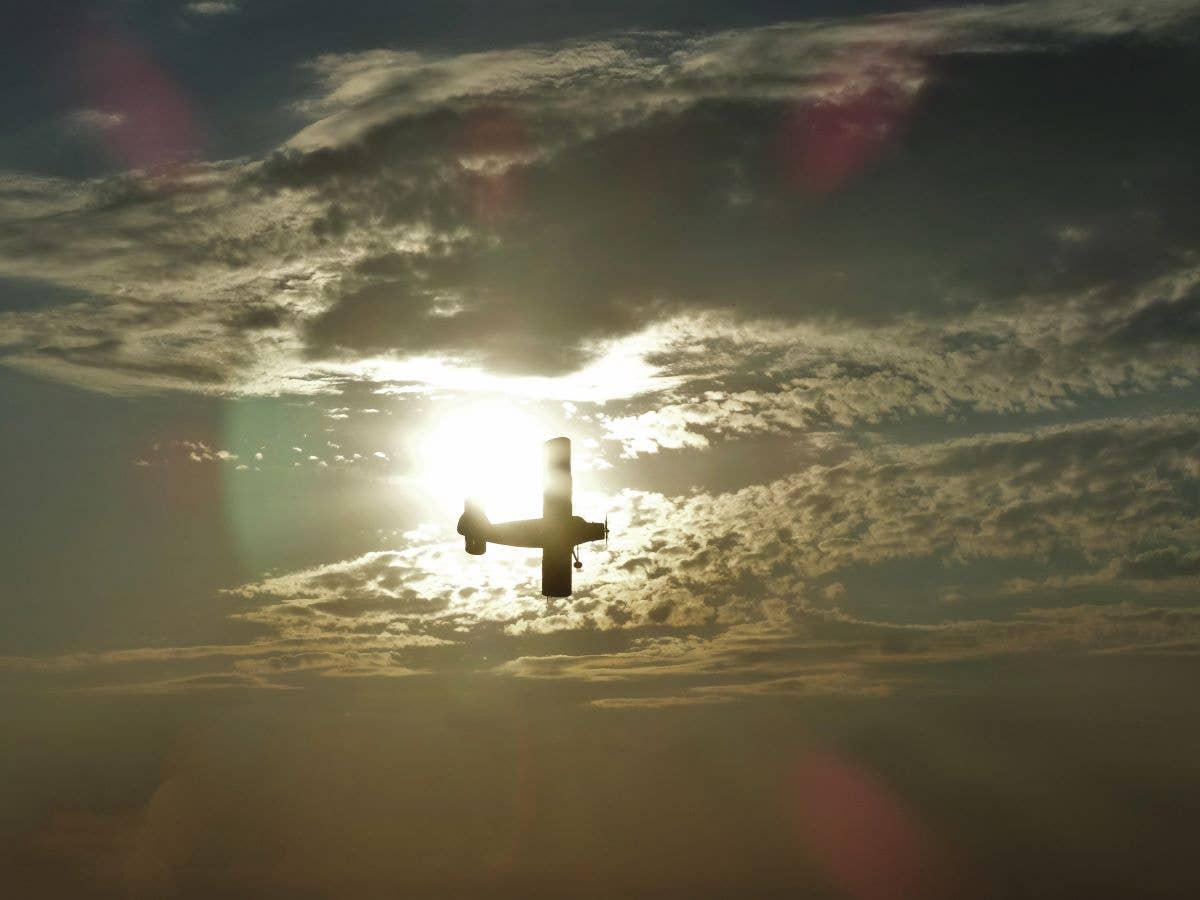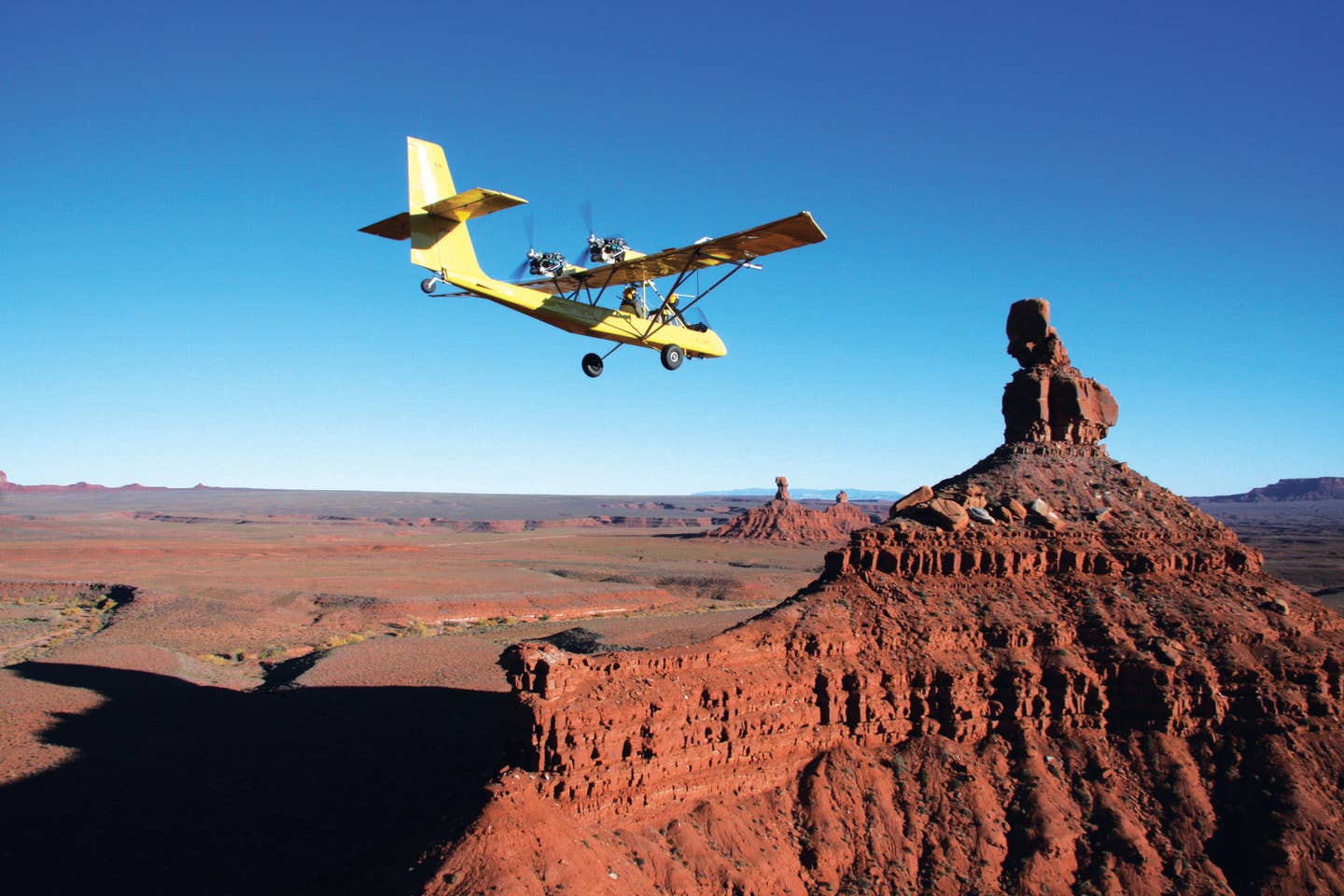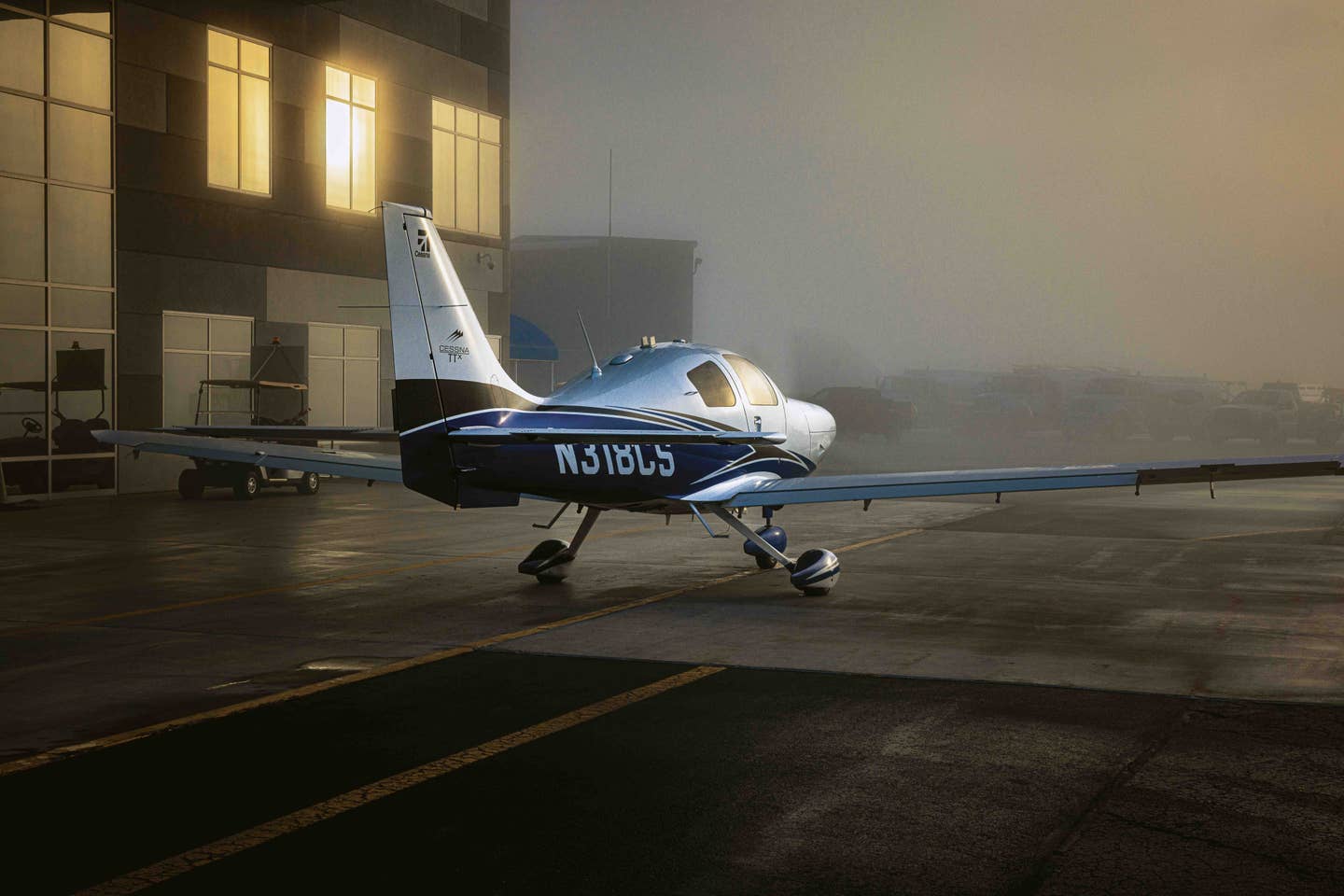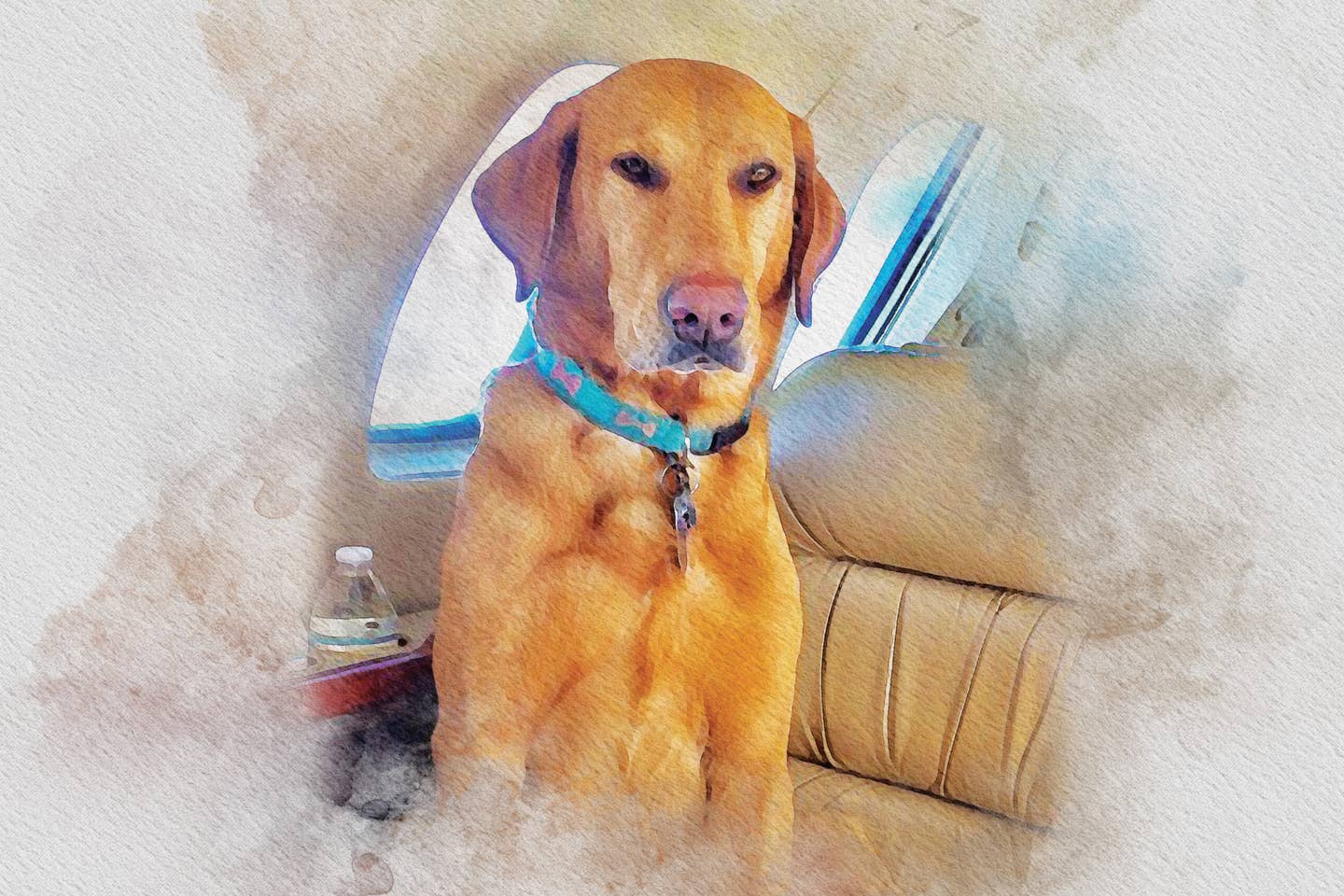A Precision Approach
A recently retired engineer from a legendary OEM transitions to the experimental space.
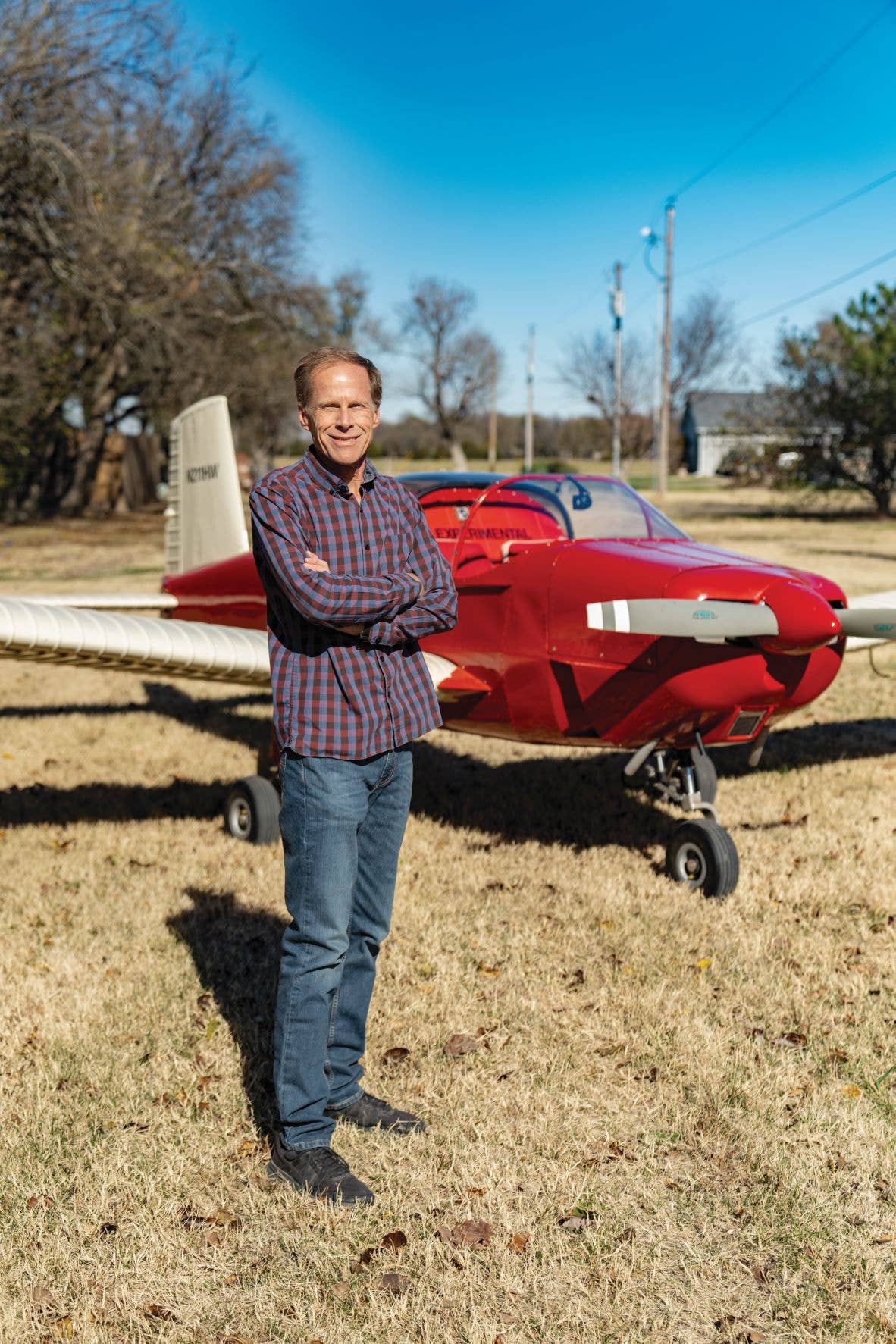
Aerodynamic engineer Neal Willford reflects on a 32-year career at the Cessna Aircraft Company and what lies ahead. [Credit: Kevin Swinick/ Visual Media Group]
When viewed from any angle, an airplane looks beautiful, and once in the air, it may seem like a personal magic carpet. We must acknowledge, though, that there is no magic happening here. It was people, like senior aerodynamic engineer Neal Willford, who did the hard work that makes our flying possible, allowing humans to do what birds can do inherently.
Willford retired in May 2022 after a 32-year career at the Cessna Aircraft Company where he worked in a number of high profile programs. And technically, while Cessna is now part of Textron Aviation, Willford makes it clear that he considers himself a “Cessnan.”
If you're not already a subscriber, what are you waiting for? Subscribe today to get the issue as soon as it is released in either Print or Digital formats.
Subscribe NowIn an interview with FLYING, Willford provides an inside perspective on aircraft design and his career at Cessna.
FLYING Magazine (FM): When did you know you wanted to become an aviation and aerospace engineer?
Neal Willford (NW): My father was a corporate pilot and mechanic, and he started bringing my brother and me to the annual [Experimental Aircraft Association] Fly-Ins at Rockford, Illinois, and Oshkosh, Wisconsin.Though I was around airplanes, I never had a desire to become a professional pilot. I liked building things, andI liked math and science, so engineering seemed like a natural choice. During college, I tried getting a job in the aerospace industry, but it was an absolutely awful time to try to get hired. Fortunately, Boeing in Wichita, Kansas, was hiring, so I landed my first aerospace job there.
FM: How did you end up working on a number of Cessna’s business aircraft programs?
NW: About the time Cessna introduced the CitationJet at the 1989 [National Business Aviation Association] show, Boeing was moving much of [its] engineering activity to Seattle, and I didn’t want to move. When Cessna started hiring engineers to help design the new jet, I applied and got a job there. I was hired to be a design engineer in the propulsion group, and I thrived in that environment. Once the airplane was designed and the prototype was flying, I volunteered to go work on the all-new Citation X, where I was responsible for designing the nacelle and finishing up the APU installation.
FM: Why did you move from Cessna’s business aircraft programs to developing its single-engine piston line?
NW: When Congress passed the General Aviation Revitalization Act (GARA), Russ Meyers honored his promise to re-enter the piston market. I was always a “little airplane” guy, so when the engineering effort really got underway for reintroducing the 172, 182, and 206, I became a group leader in the propulsion group. In my career, I worked on several single-engine programs, including the Next Generation Piston proof of concept, and the Beechcraft Denali and Cessna SkyCourier.
FM: What was your role as Cessna designed its own light sport aircraft?
NW: When Jack Pelton decided Cessna should take a serious look at getting into the light sport market, he tasked a small group of us to make a trip to the U.S. Sport Aviation Expo in Sebring, Florida, in 2006. After Jack watched our head of the Cessna Pilot Centers get a ride in an LSA, he said to me, “We need to do this. Go build one.” I selected a small group of designers, and we flew the LSA proof of concept nine months to the day after Jack said to go build it. I led the engineering effort for what became the Model 162 Skycatcher.
FM: What do you think was at the root of the lower-than-expected sales and discontinuation of the 162?
NW: It is easy to forget that the Skycatcher deliveries started when we were in the grips of the great recession. Many of the orders were taken before then, when the economy was booming, and I suspect that this was a major factor in the lower LSA sales for all manufacturers.
FM: Describe your personal motivation when you are presented with a challenge that seems impossible to overcome.
NW: I’ve learned the importance of being proactive and always having options beyond what you are attempting in order to solve an issue. Much of engineering is problem solving, whether addressing challenges during the design phase or during flight testing. Bill Lear once told his engineers to “stop thinking and try something,” and there’s a lot of truth to that statement.
FM: When you work on a “clean sheet” design like the SkyCourier, how are the performance parameters established?
NW: Sometimes the parameters are defined by the limitations of the category of airplane, such as the airspeed and maximum takeoff weight limitations of an LSA. Input can also come from customer advisory boards as used for the SkyCourier. Without prioritization of desired attributes, it is next to impossible to develop a product that can do everything that a customer wants and meet the expected price point.
FM: From an engineer’s point of view, if you look out 10 to 20 years into the future of GA, what do you see?
NW: The next 10 to 20 years could be very interesting for general aviation. Near term, if the FAA’s MOSAIC program does what is hoped, then there may be opportunities for lower cost airplanes larger than an LSA to be designed and put into production. Longer term, autonomous aircraft for cargo-carrying purposes will likely be accepted sooner than ones designed for carrying people.
FM: What is the biggest challenge facing aviation engineers in the future? And what about all-electric airplanes?
NW: I don’t think the general public realizes that “technically-viable” and “FAA-certifiable” are two completely different things. How successful some of the more promising eVTOL [electric vertical takeoff and landing] companies become in bringing their product to market may depend on if they can successfully navigate FAA certification and still have a viable and profitable product.
Electric propulsion offers the aircraft designer moredesign flexibility for relocating the propulsion units than can be done with a reciprocating or even a turbine engine. I see hybrid-electric aircraft being a viable interim solution because they still allow the propulsion unit flexibility that an all-electric aircraft provides,without the range and weight challenges that are the result of current battery technology.
FM: Now that you’re retired, what are you flying?
NW: I’ve been a private pilot since 1987 and most of my hours are in the Thorp T-211 Sky Scooter that I built and have been flying for 10 years—it’s the only airplane that I have ever owned.
Quick 6
Who’s the one person living or dead you would most like to fly with?
Without a doubt, Jimmy Doolittle
If you could fly any airplane or helicopter you have not yet flown, what would that be?
P-51 Mustang, especially if someone else was paying the fuel bill
What is one airport you’ve always wanted to fly into?
Put-in-Bay Airport (3W2) on Lake Erie’s South Bass Island
What do you believe has been aviation’s biggest break-through event or innovation?
The availability of low-cost GPS devices
What is one airplane (past or present) you wish you could have worked on as an engineer?
The Travel Air Mystery Ship
When not flying, I’d rather be…
Working on my Model Ts. I’m currently restoring a 1911 Model T touring car.
This article was originally published in the December 2022/January 2023 Issue 933 of FLYING.

Subscribe to Our Newsletter
Get the latest FLYING stories delivered directly to your inbox


